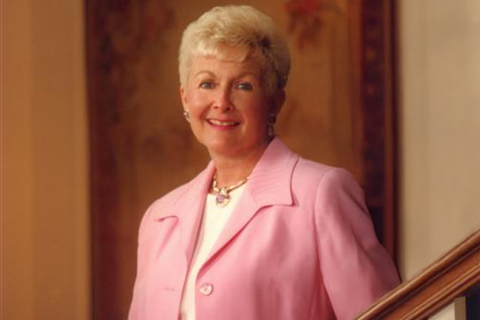In Montgomery County, Maryland, there was a sharp drop in crime calls when the coronavirus pandemic started. Then, police began seeing changes in the types of calls compared to a typical year.
“Most of our crime categories are down, other than homicide, and our aggravated assaults are up, as well,” said Montgomery County Police Assistant Chief Dinesh Patil, speaking to the Montgomery County Public Safety Committee.
Patil said residential burglaries are down 8.4% because people are home more. But commercial burglary has gone up almost 30%. Auto thefts have increased by 29.4%, and theft from autos has risen by 18%.
Most of those auto thefts are crimes of opportunities, as people leave their cars unlocked, and often the keys or a garage door opener are in the vehicle, Patil said.
Domestic violence calls have been down since the pandemic started. However, police are unsure if there are fewer cases or more difficult for people to call for help as they live with their abuser.
But Montgomery County police said they had seen a noticeable uptick in severe or more violent domestic violence cases being investigated by the domestic violence unit and the special victims investigation division, Assistant Chief Ronald Smith said.
“What we were seeing were increased cases where serious assaults were occurring, (such as) strangulation,” Smith said. “What we were also seeing is more cases turning up in our hospitals involving child abuse with more serious outcomes, the more serious physical abuse cases. ”
Without school in session and children going to after-care, the mandated reporters who, in many cases, would intercede on behalf of children, are not in contact with them, Smith said. Therefore, the children are at home with their primary abusers, with no one to intervene.
In response to the increase in domestic violence cases, Montgomery County police have worked with the Family Justice Center to reach out to known abuse victims who are still living with their abusers. They contact them through non-governmental organizations and non-police entities to check on them without alerting the person hurting them.
- Sign up for WTOP alerts
- Latest coronavirus test results in DC, Maryland and Virginia
- Coronavirus FAQ: What you need to know
- Coronavirus resources: Get and give help in DC, Maryland and Virginia
- Hogan: Outdoor sports venues can reopen at 10% capacity; local officials say they’re reviewing order
- Teachers unions in DC, Fairfax Co. have safety concerns when it comes to reopening schools
- Loudoun Co. schools attempt to juggle ‘what ifs’ in hybrid return plans
Looking for more information? D.C., Maryland and Virginia are each releasing more data every day. Visit their official sites here: Virginia | Maryland | D.C.
Other criminal increases since the pandemic started also include shootings and opioid issues.
“We’ve seen a drop in some of our seizures and drug enforcement efforts. A lot of those are tied to traffic stops,” Smith said, “As traffic stops have gone away, so has also the enforcement of drug offenses and our ability to take handguns off the street.”
As the summer wound down, the numbers of sexual assaults and domestic assaults started to drop, but other crimes increased.
“We got into the issue we’re now seeing in the Third District in the Silver Spring area, of carjackings,” Smith said. “Over the last several weeks, going back to about the 25th of August, we noticed a spike in carjackings. We had 24 events year-to-date in the county, 17 in Silver Spring.”
He says it seems to be a regional trend, as discussions with D.C and Prince George’s County police have shown those areas have seen double the increase in the same crimes.
Another change police have seen during the pandemic is the incidence of criminal driving habits. While many anticipated the quarantine would mean fewer traffic crashes, the opposite turned out to be the case.
“One of the unanticipated outcomes was the lower traffic volume, and then the lower police response,” Assistant Chief Thomas Didone said. “We had officers on reserve waiting for the COVID surge to hit. We had less officers actively on the road conducting traffic enforcement.”
So, they saw increases in speeding and high-speed related crashes.
“Currently, we have 28 fatal crashes with 30 deaths, 11 pedestrians. Alcohol was a factor in about 1/3 of these,” Didone said. “With lower police response, we saw a negative response by the driving community. Last year, we had 33 fatal crashes. We’re already ready to eclipse it when we should have had four months of lower crash rates.”








